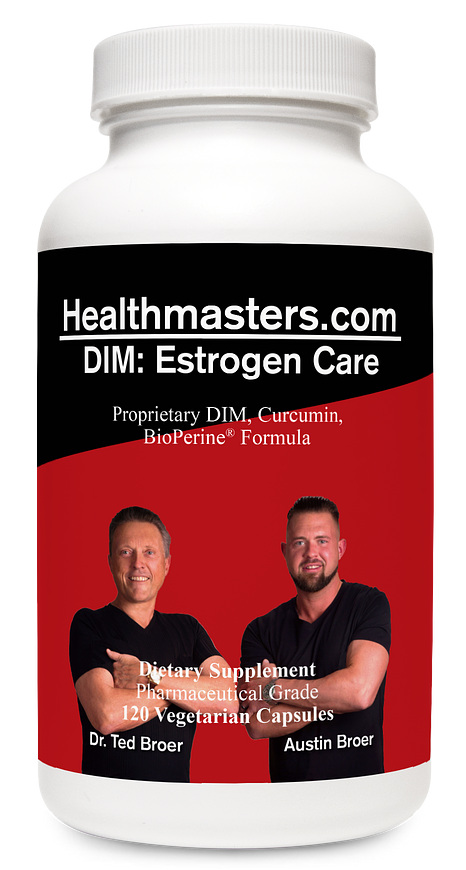Dimension: Estrogen Control
Description
🌟 Feeling a little off balance? Is your body showing signs of high estrogen levels—like mood swings, fatigue, or even unexplained weight gain? It's time to give your hormones a helping hand with Dimension: Estrogen Control! 💪
Why is this the ultimate estrogen support formula? 🤔
It’s a 3D approach to balancing your estrogen levels, and it’s designed for both men AND women! Whether you're dealing with endometriosis, fibroids, hair loss, or even insomnia, Dimension supports your body in regulating estrogen metabolism, detoxifying harmful estrogens (aka xenoestrogens), and promoting overall hormonal harmony. 🙌
Here’s the secret sauce behind Dimension: Estrogen Control:
-
DIM (3,3'-diindolylmethane): A powerful compound that comes from cruciferous veggies (like broccoli and cabbage). This helps your body break down estrogen in a way that supports healthy hormone balance, helping you feel more in control. 🌱
-
Curcumin: The active compound in turmeric, famous for its antioxidant and detoxification powers! This helps support metabolic detox and keeps your body feeling fresh and rejuvenated. 🍛💥
-
BioPerine®: This patented pepper extract is your absorption superhero, making sure you get the most out of every nutrient in this powerhouse formula. 🚀
So, what’s in it for YOU? 🤩
- Balanced Estrogen Levels: Say goodbye to estrogen dominance and hello to a more calm, centered you. 🌸
- Better Detox: Fight those nasty xenoestrogens and support your body’s natural detoxification systems. 🧖♀️
- Hormonal Harmony: Whether it’s fibroids, endometriosis, or autoimmune issues, Dimension works to keep things in check! ✅
- Antioxidant Power: Help neutralize oxidative damage and keep your cells functioning at their best. ⚡
Ready to take control of your hormones? 🌟
Don’t let unbalanced estrogen control your mood, energy, or health. Dimension: Estrogen Control can help you regain your sense of balance and vitality, naturally!
💥 Order now and feel your best—hormonal harmony, here you come! 💥
CAUTIONS: Individuals taking medication, especially blood thinners or cancer treatment, should discuss potential interactions with their healthcare practitioner.
Opps
Sorry, it looks like some products are not available in selected quantity.






